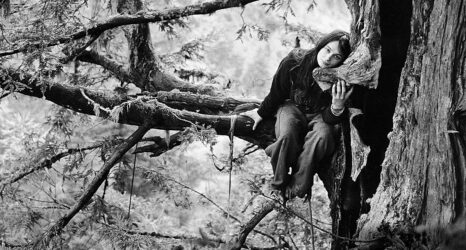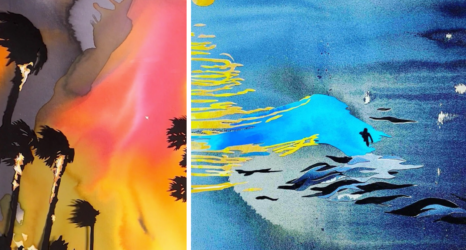From May 16 to 19 this year, advocates from around the world came together in Copenhagen for the Women Deliver conference. As they work to improve the lives of women and girls, we’re spotlighting their work and experiences here on the Ms. blog.
At Women Deliver, there’s a phrase we hear repeatedly: “Women at the center.” That phrase rings especially true for for climate disruption—women find themselves in the center of this crisis. Because of gender inequalities, climate disruption hits women first and worst.
Poverty makes recovering from extreme weather events and adapting to climate disruption more difficult, and women make up 70 percent of the world’s one billion poorest people. Composing nearly 80 percent of global refugee and displaced populations and predominantly responsible for food production, women are especially vulnerable to extreme weather. Typically in emergencies, 70 to 80 percent of those needing assistance are women and children. When extreme weather hits, women are 14 times more likely to die than men.
Even if women survive extreme weather events, the effects of climate disruption can worsen existing inequalities. For example, changing weather patterns can wipe out crops and decimate a family’s livelihood. In order to feed families, fathers marry off daughters early, as children, taking girls out of school, continuing the poverty cycle, and increasing gender-based discrimination.
But we can reduce the impact of climate disruption on women by erasing gender inequality. The Sierra Club is proud to work with the UN Foundation’s Universal Access Project and Resource Media, who have launched Women at the Center to highlight the links between gender equality and climate resilience. The website’s tools and information shows that with access to education, voluntary family planning, and clean energy, women and girls are better prepared to deal with the effects of climate disruption. They’re better able to cope with extreme weather events, feed their families, and live the lives of their choosing.
Another mantra repeated often at Women Deliver is that “when you invest in women, everybody wins.” The same is true for climate action because women and girls are more than victims—they’re change makers. What’s good for women is also good for the climate. With access to opportunity, women can provide climate leadership, innovation, and government action. When women are included in the climate planning process, not only do they bring in a unique perspective, but are also more likely to take part in solutions. When diverse perspectives are engaged in climate action, stronger solutions are more likely. In fact, parliaments with a higher proportion of women are more likely to ratify environmental treaties.
The mantras from Women Deliver deserve to be echoed: We need to put women at the center because when we invest in women, everyone wins.
Photo courtesy of TREEAID on Flickr and licensed under Creative Commons 3.0





